This Tuesday marks the culmination of our second year of the UDG Agora project, maybe one of the best projects I have been ever part of for professional, collaborative, cultural, and human reasons.
It is also one that will likely never make a splash in any academic marquee publishing space.
The project is a significant investment by the University of Guadalajara, the large multicampus public university that serves over the state of Jalisco in Mexico. The enrollment there is well over 100,000 students including a large virtual university.
I bet most people have never even heard of UdG. Somehow in the mantra of the affordability of higher education “crises” this university charges no tuition for Mexican students (students pay fees and books, about US$70-200).
The UDG Agora project’s aim is to improve the teaching practices of professors through development of mobile learning technology and student-center learning design. The Justice Institute of British Columbia (JIBC) is managing the project in cooperation with the Coordinación de Innovación Educativa y Pregrado (CIEP) at UdG (see a JIBC news announcement of the project or presentations last year for OpenEd15 and one for Conectactica).
Okay that is the long and windy intro. ¡Vamonos!
Why is a project for faculty development in Mexico is being managed by an institution from Canada, and led by a group of North American educators who are not fluent in Spanish? Mine is not to ask why. I understand that UdG has a strong interest in a larger profile as an international university, and thus wants more professors able to teach in English (sigh, that is convenient for us, but says something about the world). They wanted this program delivered in English.
Among professors UDG selected to participate in the Diploma program, 315 of them in 2015 and 85 in 2016, many were largely bilingual, but not all. On our side, some of our team was somewhat able to make their way in conversational Spanish (Tannis Morgan and Brian Lamb), a fun mix of Portuguese flavored Spanish (Nancy White), and as fluent as a 3 year old (me).
For an optimally, ideally designed program, everyone would be fully bilingual.
But we had to make do.
For the in-person sessions we ran in July 2015 and Jun 2106, we did have on-site translators, equipped with microphones and headsets for participants who needed our English translated into Spanish, and sometimes for Spanish to be translated into English for us.
I have to admit, hearing the live translation, I felt like I got about 40% what was being said. We made do.
But do not get me wrong, our translators were heroic, and in typical fashion I found among my Mexican colleagues, there was never an attitude of “I only do what’s in my job description”. My main translator, Jorge, ended up being as much a coach and helper with the participants trying to figure out iPads and apps and twitter and google drive
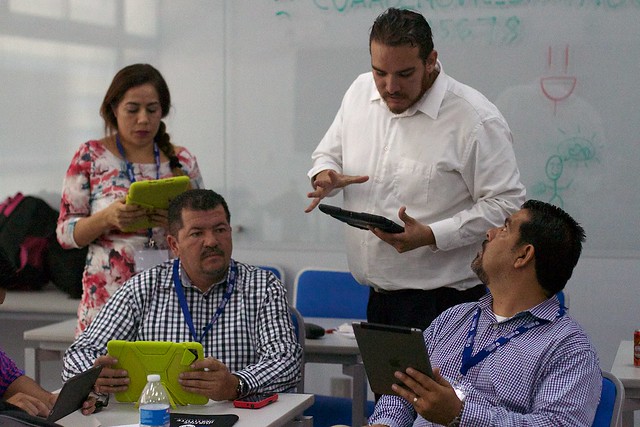
flickr photo shared by cogdogblog under a Creative Commons ( BY ) license
plus he volunteered to do an audio track for my Edupunk Mockumentary.
In July 2015, our hosts took Brian Lamb and I one night to a local cultural event in Guadalajara…

flickr photo shared by cogdogblog under a Creative Commons ( BY ) license
The next morning I got a big response when I told my workshop:
Anoche fui a la lucha libre y aprendí muchas nuevas palabras en español
“What words do you learn?” “Tell us!”
We had help in 2016 from UdG staff like our co-facilitator Kike (Enrique) – he wrote and delivered a few of our studio (workshop) sessions in Spanish, helped so much in communicating in person, and online, and in our Google hangouts.
The activities we ran during our in-person sessions we called studios, and in each one, participants tried new technologies and posted their work into a DS106 assignment bank themed site we called a Challenge Bank. I added the Google Translator WordPress Plugin to provide both a Translate button on all pages (bottom right), but it also has a shortcode I use to put a link to translate into Spanish in the top menubar.
Of course, it’s not perfect, but we make do.
The online portion of the program, 8 weeks each year when we ran weekly Google hangouts and invited participants to ask questions, share ideas, and give each other feedback in an online community hosted in discourse that we called dilo.
Naming that was another language thing. In July 2015 I asked a few of our hosts what we should call the space– I did not want to use an English name. And it needed to be short, because it would be in the URL. This again was where Kike helped us out, suggesting the name “dilo” which he said means “say it.”
The expression is well known as a shout out to musicians by Mambo band leader Pérez Prado. And there is serendipitous irony, as for some reason, my parents or grandparents had a few Pérez Prado albums that I now own.
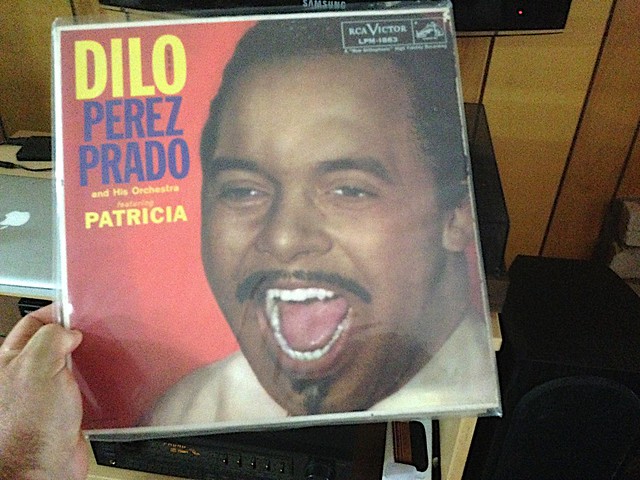
flickr photo shared by cogdogblog under a Creative Commons ( BY ) license
Like elsewhere in our Agora space, we encouraged out UDG Agora participants to talk in Spanish there. As we did too on our weekly Google Hangouts. In 2015 we had a nice weekly progression (video archive) from mostly us English speaking facilitators to later dominated by our Spanish speaking participants:
For the 2016 series, there was a pattern in out format where we might launch the discussion with one or two questions in English, but our guests would go into full discussion mode in Spanish. It is after all, not for us. Another nice addition this year was a number of hangouts where the where in the classroom to hear as well from the students who were trying the new activities their teachers were implementing.
Obviously most of the tweets by our participants, and their students as well are and should be in Spanish… There is a phenomena where even professors from 2015 doing activities this year have their students mention some of us, we we often get a burst of student memes, videos, projec links. The Twitter translator helps me understand most of what I read.
#UdGAgora Mi experiencia con esta forma de trabajo ha sido fascinante, promueve mucho el trabajo colaborativo, en un ambiente virtual eficaz
— Reductor de velocidad – te (@Topete_V) December 4, 2016
@BeasCarlos @cucba_udg @CinthyaLpez10 @AgoraUdG parte del equipo organizador del festival aves 2016 gracias a todos pic.twitter.com/A3M3tQXcAC
— Guillermo Barba (@memob9) December 2, 2016
#BiomasaZ01 #UdGAgora #Cutonala pic.twitter.com/Jey8R5tbQd
— Carlos Rocha (@karlosrage) December 1, 2016
https://twitter.com/Marisol_CR97/status/802372219477180416
#lakkesvida #udgagora Medio SS????? quedó hermoso @gabcn0414 @brlamb pic.twitter.com/VQUS7lvSha
— Ana Paula Villa (@AnaPaulaViZA) November 18, 2016
#udgagora @udgagora y @Almakastell Saludos. Mtra. Alma Castellanos pic.twitter.com/wmy2QlCeX6
— chepe ramirez (@chepe120396) November 17, 2016
If I responded, I would do so in some mixture of English and Google Translate flavored Spanish.
In twitter, we make do.
At the end of the project, participants are asked to share the results of their implementation projects in a public site we called Comparte (this is an instance of the TRU Writer SPLOT, with a few special modifications for the project).
Here I spent the most effort to make the site in Spanish, there is no reason their reports should be in English. Again with the help of Kike, I translated as much of the Writer theme interface as possible, and also attempted to get most other elements translated as well (I keep finding a few I missed).
The instructions are in both Spanish and English; last year, Brian and I sat down with Kike and did a screencast to help explain the wahy the site works, again in both languages
A feature I added this year was the enabling of the WP Post-Ratings plugin, so anyone reading a report can rate them on a 1 to 5 scale. For fun, I found out how you can add your own ratings scale, so, we have a rating of 1 to 5 tacos:
We would love to have more people add some taco ratings, but more importantly add some comments as feedback to the reports in comparte. If you cannot read Spanish, then use the built in option to translate the reports. You can respond in any language you like.
Not being fully conversant in a language may be a barrier, but it also became a sign of everyone’s efforts, facilitators and participants, to try that much more to understand.
There is a universal language of humor we enjoyed…

flickr photo shared by cogdogblog under a Creative Commons ( BY ) license
… the language of creativity

flickr photo shared by cogdogblog under a Creative Commons ( BY ) license
… the language of surprise
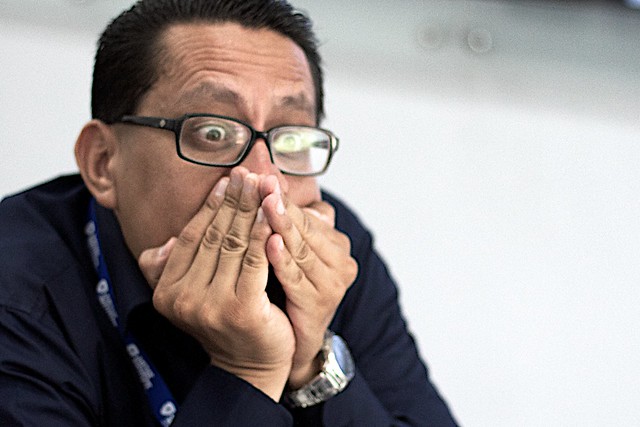
flickr photo shared by cogdogblog under a Creative Commons ( BY ) license
… the language of collaboration
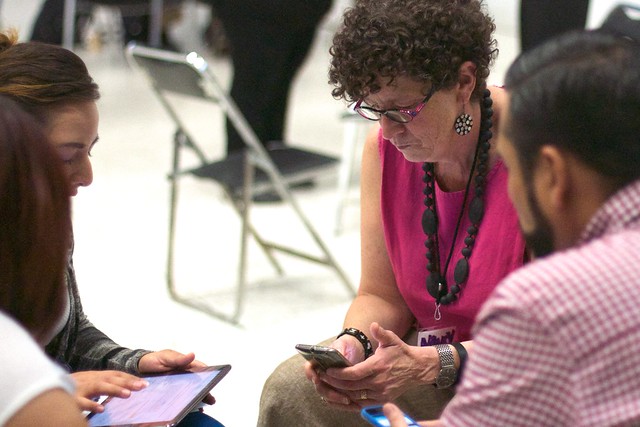
flickr photo shared by cogdogblog under a Creative Commons ( BY ) license
… the language of open sharing
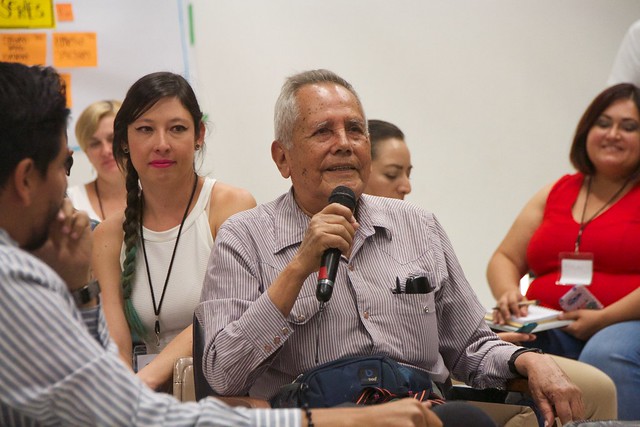
flickr photo shared by cogdogblog under a Creative Commons ( BY ) license
… the language of succeeding where you thought it not possible

flickr photo shared by cogdogblog under a Creative Commons ( BY ) license
Without full fluency in languages, we did much more than making do.
Top / Featured Image: flickr photo by me https://flickr.com/photos/cogdog/27642494901 shared under a Creative Commons (BY) license


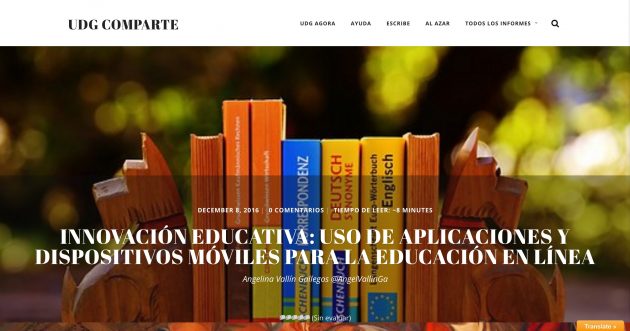



Definitly a great experience, by now its my preffered way of teaching, i proudly belong to the first group….
And i still surprised about the way this of teaching method can change the point of view of the students….
A great job from the JIBC team …
And of course a special mention to Alan, the famous @cogdog !!!
Just now seeing this. It was a search on Dackolupatoni (now up to 7,300 hits on a Google search) that brought me here. It led me to the Daily Try, which led me to look around the UdG site, which then led me to this post.
I feel encouraged by so many things here, especially the idea that some kinds of associative trails grow stronger over time as trailblazers find ways to clear, link, and signpost those trails.
That class seems so long ago, now. The Webs, and my fellow web-weavers, help me remember that (to mix my metaphors well) light keeps radiating into darkness long after it leaves the lamp.
Thanks, Alan.